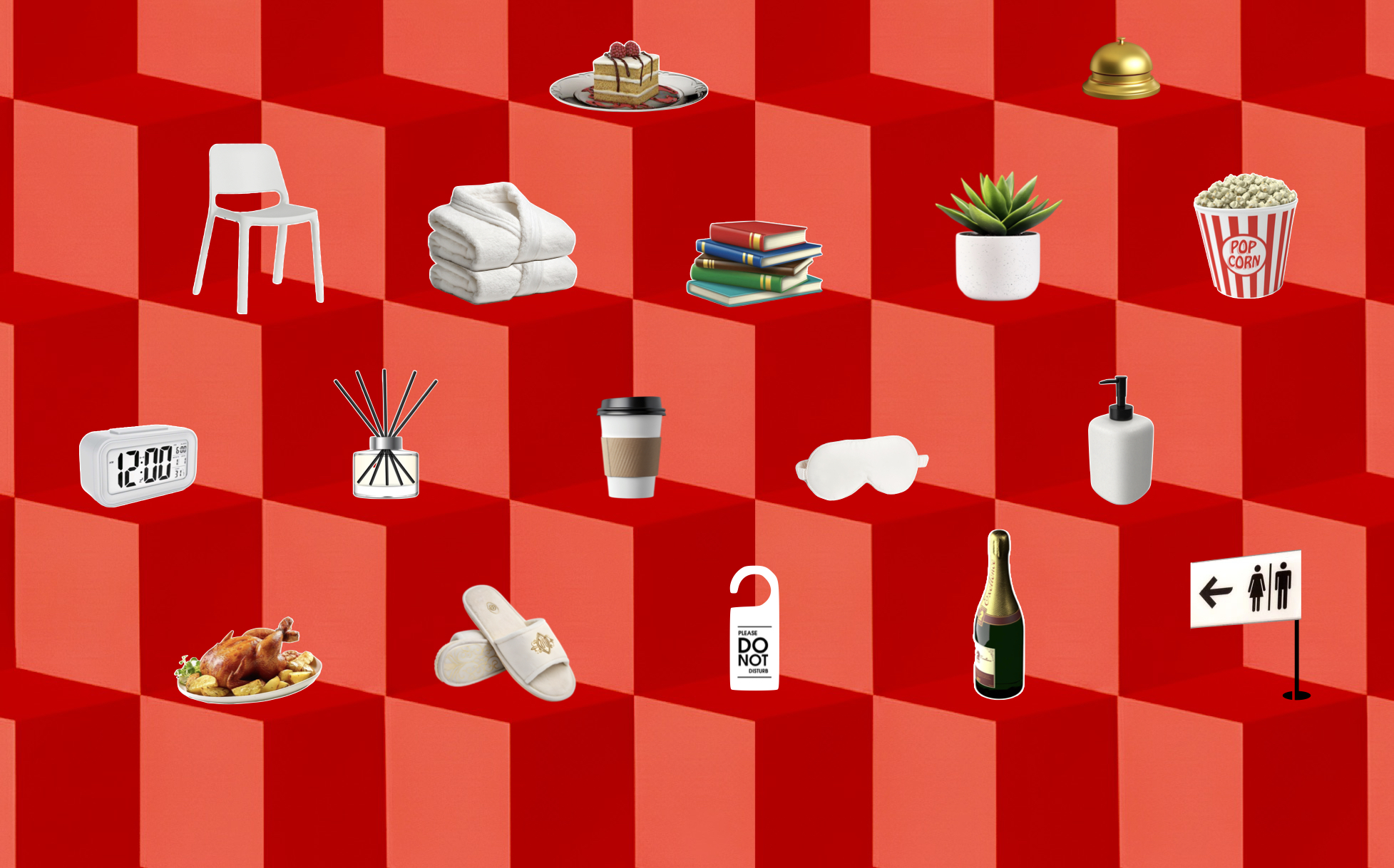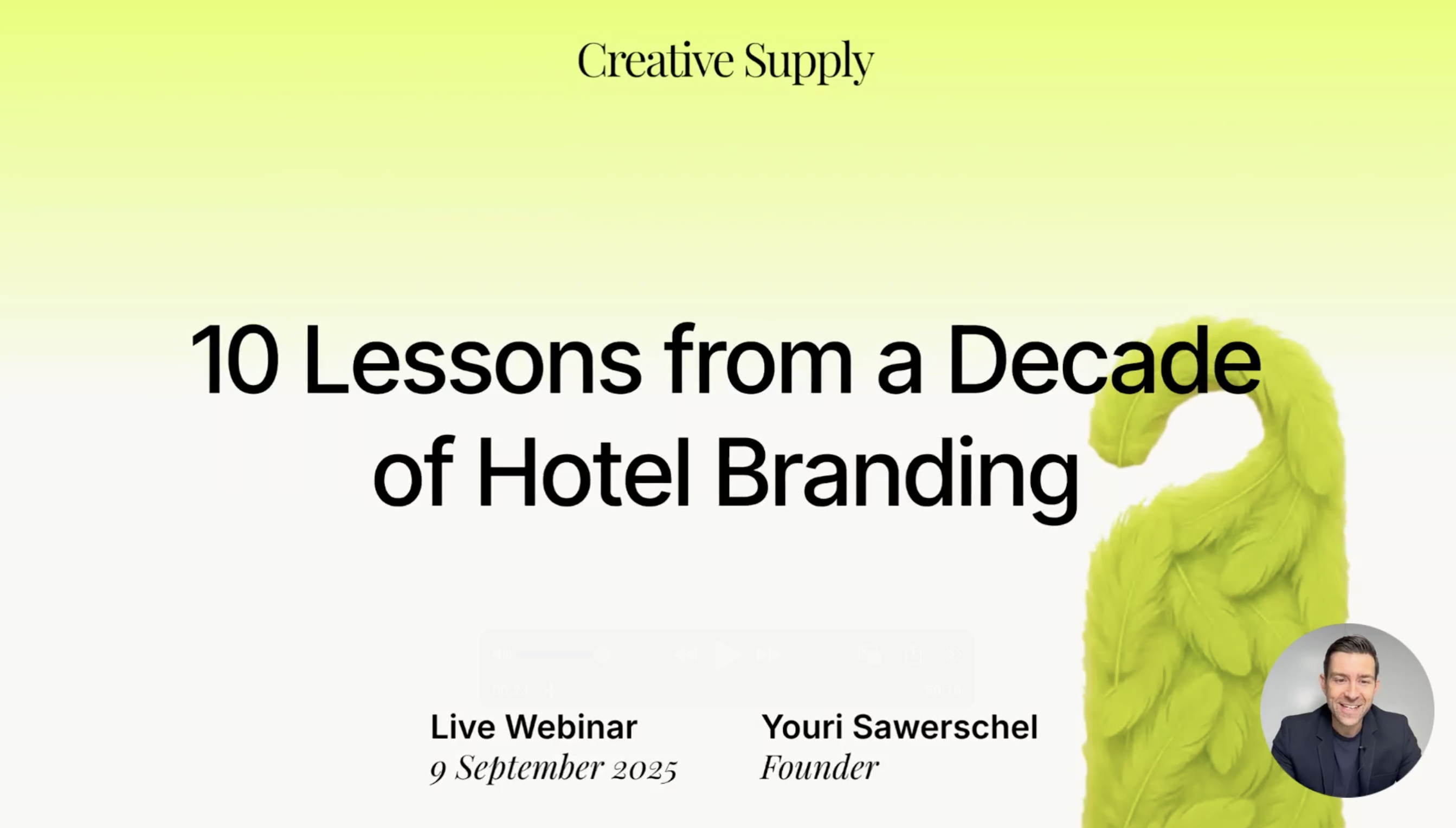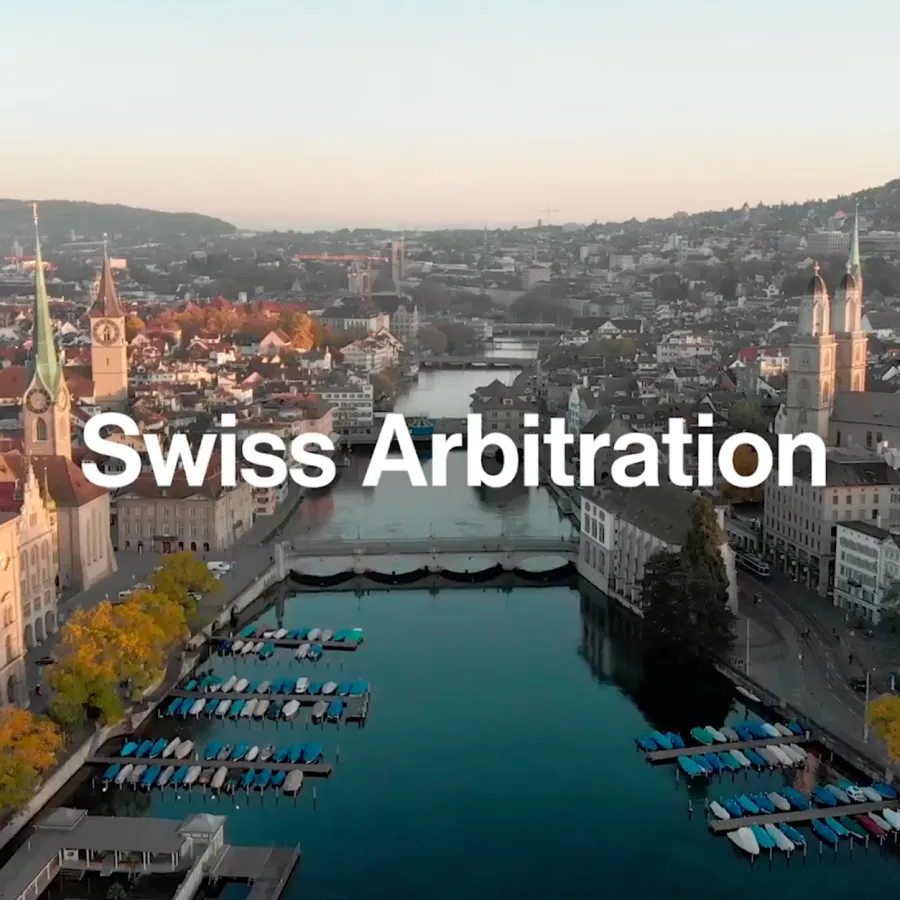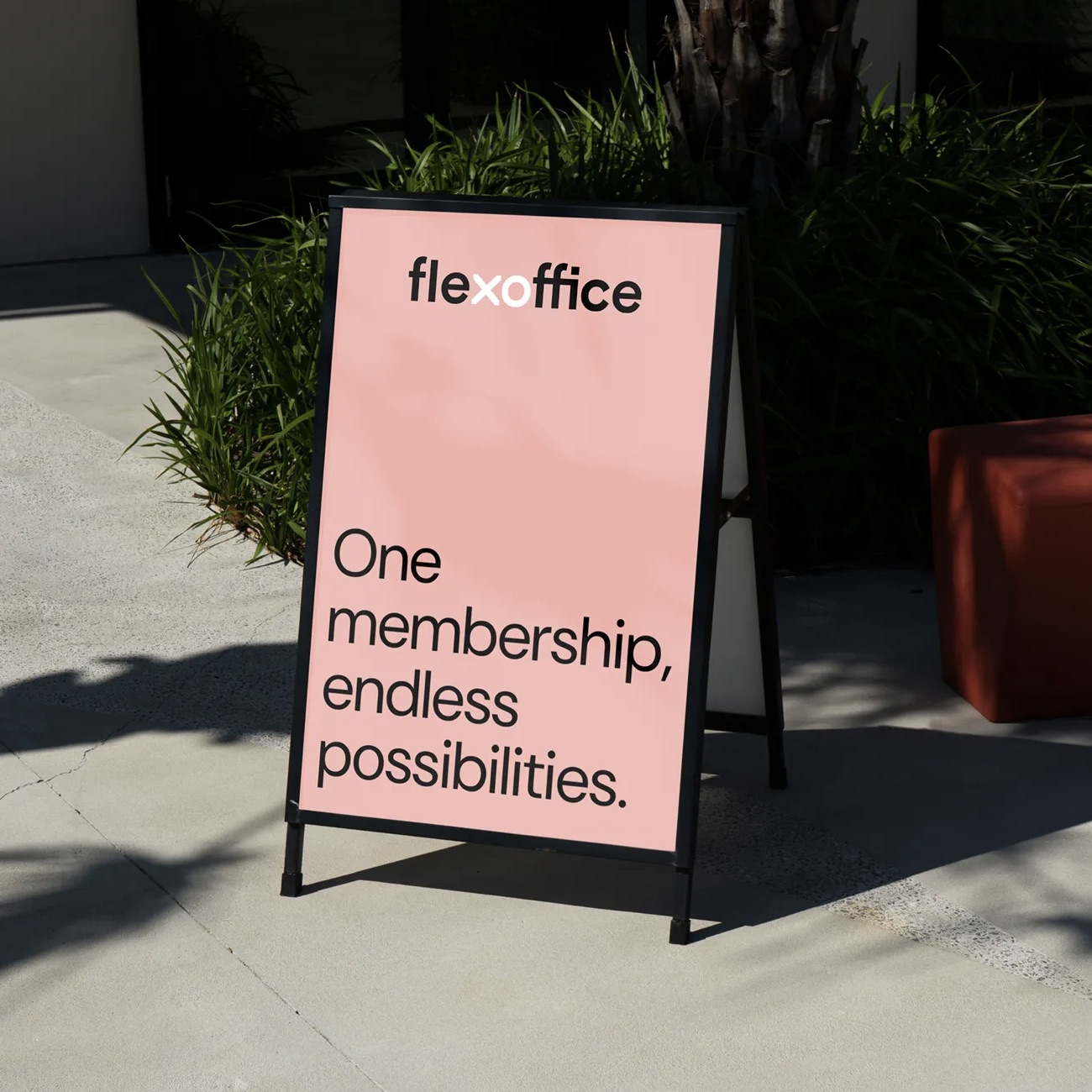Ditching Customer Journey Maps: Introducing the Website Buckets
Rethinking website design for business leaders who value clarity over guesswork. Why we don’t use Customer Journey Mapping, and what we use instead.

For years, customer journey mapping has been treated as a sacred step in website design projects. Agencies fill whiteboards with emotions, speculative behaviours, and imagined touchpoints, hoping to design a "perfect" user experience.
The fact? Most of it is guesswork.
A Bain & Company and Harvard Business Review study revealed a staggering disconnect: while 80% of companies believe they deliver a "superior customer experience", only 8% of their customers agree. This gap exists because businesses often assume they understand customers’ emotions and motivations.
The Problem with Customer Journey Mapping
Traditional customer journey mapping sessions can feel more like therapy than strategy.
Teams speculate: “First, let’s list the customer’s emotions… then we’ll see what to do about them.”
The second step — actually translating those emotions into actionable design decisions — is rarely discussed in workshops. Instead, the responsibility falls to consultants who may be experts in layout design and interface aesthetics, but have never met the company’s real customers (or, at best, interviewed a few of them for an hour). As a result, consultants often end up psychoanalysing customer emotions, acting like amateur psychologists, based solely on teams’ biased assumptions to design experiences.
Yet many agencies and companies still spend hours mapping customer emotions and behaviours, often producing vague or impractical insights.
A Better Way: Direct, Collaborative, and Actionable
At Creative Supply, we believe experience design should be direct, solution-centric, and free of unnecessary guesswork. Businesses already know two valuable things:
- How they want to position themselves
- What their customers have told them directly
That’s why we developed our in-house model: the "Websites Buckets", which leverages the known instead of mapping imagined emotional journeys.
We call it Website Buckets because it organises a website’s requirements into five distinct sections. Our approach prioritises what a website must accomplish, while allowing the company to decide what they want their customers to know, feel, and act about them. Each bucket addresses and clarifies the core mission of presenting the business and its offerings, ensuring the website design is purposeful, objective, and aligned with the company’s true essence and capabilities.
The Website Buckets Model
This model brings together voices from across the organisation, including sales, marketing, management, customer service, and asks each department what they know and want to solve.
No speculation. No second-guessing. Just structured clarity.
Here’s how the five buckets work:
🪣 Bucket 1: Products — Everything about what you offer
Key Question: What must users know about your product or service?
Includes: product creation, benefits, awards, pricing, differentiating factors.
🪣 Bucket 2: About — Your story, your people, your brand
Key Question: How do you want to introduce yourself?
Includes: company facts, brand vision & values, team culture, awards, history.
🪣 Bucket 3: Call to Action — Guiding users through your sales funnel
Key Question: What should users do at each stage?
Covers:
- Awareness: How do they discover you?
- Consideration: How do they learn about your offering?
- Evaluation: How do they decide to buy?
🪣 Bucket 4: Home — Your digital front door to users
Key Question: If users only visited your homepage, what should they know (and not know)?
Includes: key customer pain points to address, unique selling points, motivations to choose you.
🪣 Bucket 5: Wish List — Future goals and aspirational features
Key Question: What else should your website do?
Includes: customer requests, long-term improvements, design and feature aspirations.
Why It Works
The Website Buckets model eliminates guesswork, reduces wasted effort, and aligns your entire organisation around a clear digital experience strategy. It’s a structured, repeatable approach that turns knowledge into action, ensuring your website reflects reality, not assumptions — the backbone for websites designed to truly communicate and convert.
Final Thoughts
In website design, clarity beats complexity. By replacing the overused customer journey mapping with our Website Buckets model, you can achieve a strategically sharp, user-centric, and built to perform website.
If your website project needs more substance and less speculation, maybe it’s time to empty the journey maps… and start filling your buckets.
Looking to Design Your Website?
At Creative Supply, we help companies across industries to build digital platforms that deliver impactful results. Our complete suite of services — from strategic design and content creation to seamless technical implementation — is tailored to create a digital platform that truly engages your audience and elevates your brand.
👉 Contact us to discuss how we can turn your website into a customer magnet.
Ditching Customer Journey Maps: Introducing the Website Buckets

For years, customer journey mapping has been treated as a sacred step in website design projects. Agencies fill whiteboards with emotions, speculative behaviours, and imagined touchpoints, hoping to design a "perfect" user experience.
The fact? Most of it is guesswork.
A Bain & Company and Harvard Business Review study revealed a staggering disconnect: while 80% of companies believe they deliver a "superior customer experience", only 8% of their customers agree. This gap exists because businesses often assume they understand customers’ emotions and motivations.
The Problem with Customer Journey Mapping
Traditional customer journey mapping sessions can feel more like therapy than strategy.
Teams speculate: “First, let’s list the customer’s emotions… then we’ll see what to do about them.”
The second step — actually translating those emotions into actionable design decisions — is rarely discussed in workshops. Instead, the responsibility falls to consultants who may be experts in layout design and interface aesthetics, but have never met the company’s real customers (or, at best, interviewed a few of them for an hour). As a result, consultants often end up psychoanalysing customer emotions, acting like amateur psychologists, based solely on teams’ biased assumptions to design experiences.
Yet many agencies and companies still spend hours mapping customer emotions and behaviours, often producing vague or impractical insights.
A Better Way: Direct, Collaborative, and Actionable
At Creative Supply, we believe experience design should be direct, solution-centric, and free of unnecessary guesswork. Businesses already know two valuable things:
- How they want to position themselves
- What their customers have told them directly
That’s why we developed our in-house model: the "Websites Buckets", which leverages the known instead of mapping imagined emotional journeys.
We call it Website Buckets because it organises a website’s requirements into five distinct sections. Our approach prioritises what a website must accomplish, while allowing the company to decide what they want their customers to know, feel, and act about them. Each bucket addresses and clarifies the core mission of presenting the business and its offerings, ensuring the website design is purposeful, objective, and aligned with the company’s true essence and capabilities.
The Website Buckets Model
This model brings together voices from across the organisation, including sales, marketing, management, customer service, and asks each department what they know and want to solve.
No speculation. No second-guessing. Just structured clarity.
Here’s how the five buckets work:
🪣 Bucket 1: Products — Everything about what you offer
Key Question: What must users know about your product or service?
Includes: product creation, benefits, awards, pricing, differentiating factors.
🪣 Bucket 2: About — Your story, your people, your brand
Key Question: How do you want to introduce yourself?
Includes: company facts, brand vision & values, team culture, awards, history.
🪣 Bucket 3: Call to Action — Guiding users through your sales funnel
Key Question: What should users do at each stage?
Covers:
- Awareness: How do they discover you?
- Consideration: How do they learn about your offering?
- Evaluation: How do they decide to buy?
🪣 Bucket 4: Home — Your digital front door to users
Key Question: If users only visited your homepage, what should they know (and not know)?
Includes: key customer pain points to address, unique selling points, motivations to choose you.
🪣 Bucket 5: Wish List — Future goals and aspirational features
Key Question: What else should your website do?
Includes: customer requests, long-term improvements, design and feature aspirations.
Why It Works
The Website Buckets model eliminates guesswork, reduces wasted effort, and aligns your entire organisation around a clear digital experience strategy. It’s a structured, repeatable approach that turns knowledge into action, ensuring your website reflects reality, not assumptions — the backbone for websites designed to truly communicate and convert.
Final Thoughts
In website design, clarity beats complexity. By replacing the overused customer journey mapping with our Website Buckets model, you can achieve a strategically sharp, user-centric, and built to perform website.
If your website project needs more substance and less speculation, maybe it’s time to empty the journey maps… and start filling your buckets.
Looking to Design Your Website?
At Creative Supply, we help companies across industries to build digital platforms that deliver impactful results. Our complete suite of services — from strategic design and content creation to seamless technical implementation — is tailored to create a digital platform that truly engages your audience and elevates your brand.
👉 Contact us to discuss how we can turn your website into a customer magnet.


Ditching Customer Journey Maps: Introducing the Website Buckets
Rethinking website design for business leaders who value clarity over guesswork. Why we don’t use Customer Journey Mapping, and what we use instead.
For years, customer journey mapping has been treated as a sacred step in website design projects. Agencies fill whiteboards with emotions, speculative behaviours, and imagined touchpoints, hoping to design a "perfect" user experience.
The fact? Most of it is guesswork.
A Bain & Company and Harvard Business Review study revealed a staggering disconnect: while 80% of companies believe they deliver a "superior customer experience", only 8% of their customers agree. This gap exists because businesses often assume they understand customers’ emotions and motivations.
The Problem with Customer Journey Mapping
Traditional customer journey mapping sessions can feel more like therapy than strategy.
Teams speculate: “First, let’s list the customer’s emotions… then we’ll see what to do about them.”
The second step — actually translating those emotions into actionable design decisions — is rarely discussed in workshops. Instead, the responsibility falls to consultants who may be experts in layout design and interface aesthetics, but have never met the company’s real customers (or, at best, interviewed a few of them for an hour). As a result, consultants often end up psychoanalysing customer emotions, acting like amateur psychologists, based solely on teams’ biased assumptions to design experiences.
Yet many agencies and companies still spend hours mapping customer emotions and behaviours, often producing vague or impractical insights.
A Better Way: Direct, Collaborative, and Actionable
At Creative Supply, we believe experience design should be direct, solution-centric, and free of unnecessary guesswork. Businesses already know two valuable things:
- How they want to position themselves
- What their customers have told them directly
That’s why we developed our in-house model: the "Websites Buckets", which leverages the known instead of mapping imagined emotional journeys.
We call it Website Buckets because it organises a website’s requirements into five distinct sections. Our approach prioritises what a website must accomplish, while allowing the company to decide what they want their customers to know, feel, and act about them. Each bucket addresses and clarifies the core mission of presenting the business and its offerings, ensuring the website design is purposeful, objective, and aligned with the company’s true essence and capabilities.
The Website Buckets Model
This model brings together voices from across the organisation, including sales, marketing, management, customer service, and asks each department what they know and want to solve.
No speculation. No second-guessing. Just structured clarity.
Here’s how the five buckets work:
🪣 Bucket 1: Products — Everything about what you offer
Key Question: What must users know about your product or service?
Includes: product creation, benefits, awards, pricing, differentiating factors.
🪣 Bucket 2: About — Your story, your people, your brand
Key Question: How do you want to introduce yourself?
Includes: company facts, brand vision & values, team culture, awards, history.
🪣 Bucket 3: Call to Action — Guiding users through your sales funnel
Key Question: What should users do at each stage?
Covers:
- Awareness: How do they discover you?
- Consideration: How do they learn about your offering?
- Evaluation: How do they decide to buy?
🪣 Bucket 4: Home — Your digital front door to users
Key Question: If users only visited your homepage, what should they know (and not know)?
Includes: key customer pain points to address, unique selling points, motivations to choose you.
🪣 Bucket 5: Wish List — Future goals and aspirational features
Key Question: What else should your website do?
Includes: customer requests, long-term improvements, design and feature aspirations.
Why It Works
The Website Buckets model eliminates guesswork, reduces wasted effort, and aligns your entire organisation around a clear digital experience strategy. It’s a structured, repeatable approach that turns knowledge into action, ensuring your website reflects reality, not assumptions — the backbone for websites designed to truly communicate and convert.
Final Thoughts
In website design, clarity beats complexity. By replacing the overused customer journey mapping with our Website Buckets model, you can achieve a strategically sharp, user-centric, and built to perform website.
If your website project needs more substance and less speculation, maybe it’s time to empty the journey maps… and start filling your buckets.
Looking to Design Your Website?
At Creative Supply, we help companies across industries to build digital platforms that deliver impactful results. Our complete suite of services — from strategic design and content creation to seamless technical implementation — is tailored to create a digital platform that truly engages your audience and elevates your brand.
👉 Contact us to discuss how we can turn your website into a customer magnet.










